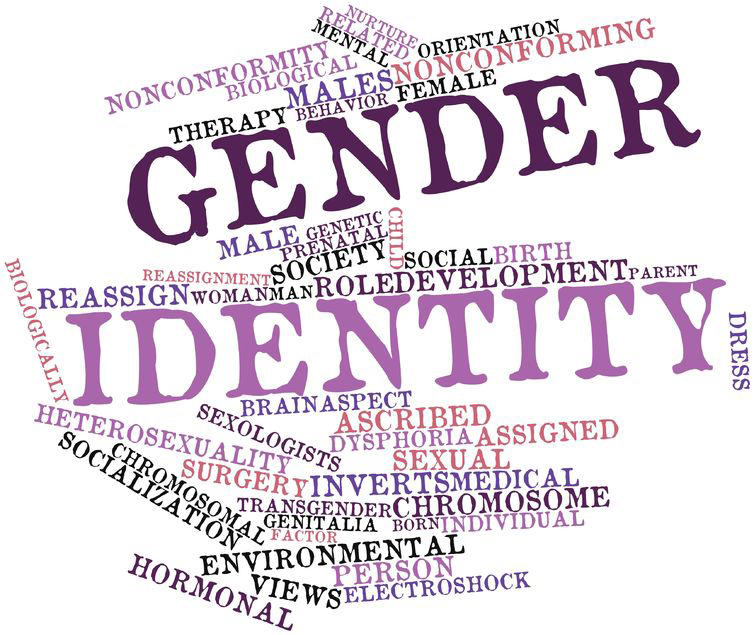What is Gender Dysphoria?
Gender dysphoria refers to the psychological stress that occurs when one’s gender identity doesn’t match the biological sex assigned to them at birth. For example, someone born with a female body may identify as a male, neither male nor female, or some combination of both. In the past, medical specialists labeled gender dysphoria as “gender identity disorder.” However, they have realized in more recent years that not identifying with one’s biological gender does not constitute a mental illness. Instead, the problem stems from the associated experiences of discomfort, depression, anxiety, and stress that one might feel daily.

What are the Symptoms of Gender Dysphoria?
For many, gender dysphoria begins during early childhood and continues throughout adulthood. While there are no physical signs of the condition, those experiencing it often display various behaviors that are distinct for children, teenagers, and adults. Some of these behaviors can include:
Children
- Believing they’re of the opposite sex
- Disliking clothes typically worn by their sex or wanting to wear clothes typically worn by the opposite sex
- Disliking or refusing to engage in activities associated with their sex and wanting to engage in activities related to the opposite sex
- Wanting to play with children of the opposite sex
- Wanting their genitals to change
- Feelings of extreme distress at the physical changes caused by puberty
Teens and adults
- Knowing without a doubt that your gender identity does not match your biological sex
- You’re only comfortable when using your preferred gender identity
- You have a strong desire to remove or hide physical signs of your biological sex
- A desire to get rid of or a strong dislike of the genitalia of your biological sex
Please know that these are not extensive lists of the behaviors that those experiencing gender dysphoria often exhibit.

What Causes Anxiety?
Doctors aren’t able to find out what causes of anxiety. However, a combination of underlying illnesses, job stress, and some social situations may contribute to anxiety.
Also, disorders such as OCD and PTSD, which are anxiety disorders, can increase anxiety levels.

What Causes Gender Dysphoria?
There is not an exact cause of gender dysphoria that is currently known to researchers. However, there exists a significant debate over possible causes, especially regarding genetics and biology. More research is required to be able to understand the potential causes of gender dysphoria more fully.
How is Gender Dysphoria Treated?
The objective of any treatments for gender dysphoria wouldn’t be to change how one reacts to their gender but to combat any distress that comes with those feelings by helping people find the gender roles that they will feel the most comfortable with. This can involve a wide range of different treatments and approaches, such as:
- Living part-time or full time as the gender consistent with one’s gender identity
- Feminizing or masculinizing surgery
- Hormone therapy
- Behavioral therapy
Behavioral therapy can include:
- Exploring, integrating, and becoming comfortable expressing your gender identity
- Learning how to accept yourself
- Addressing mental and emotional stress impacts
- Making decisions about the medical treatment options available to you
Please note that these are not extensive lists of the various treatments and approaches that medical professionals take when addressing gender dysphoria. Many other options exist that people can explore with the help of a qualified medical professional, like those available at Interpersonal Psychiatry.
